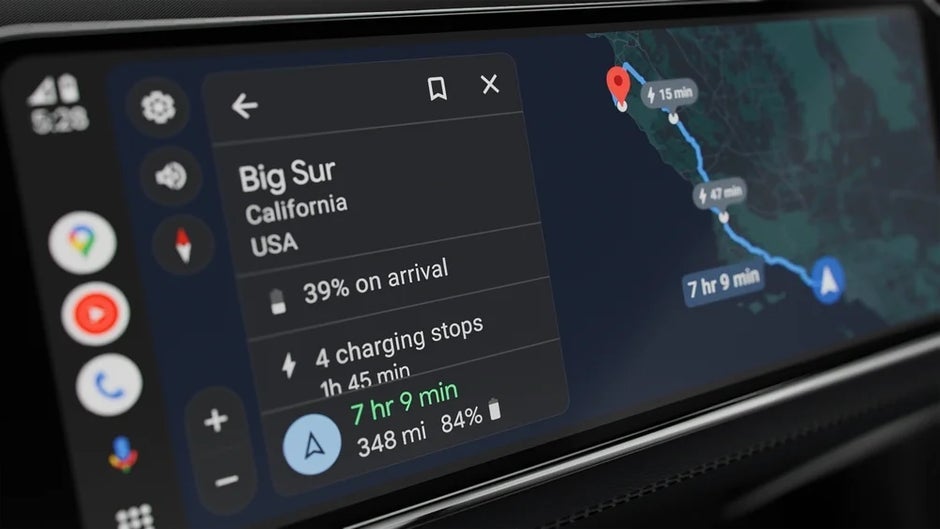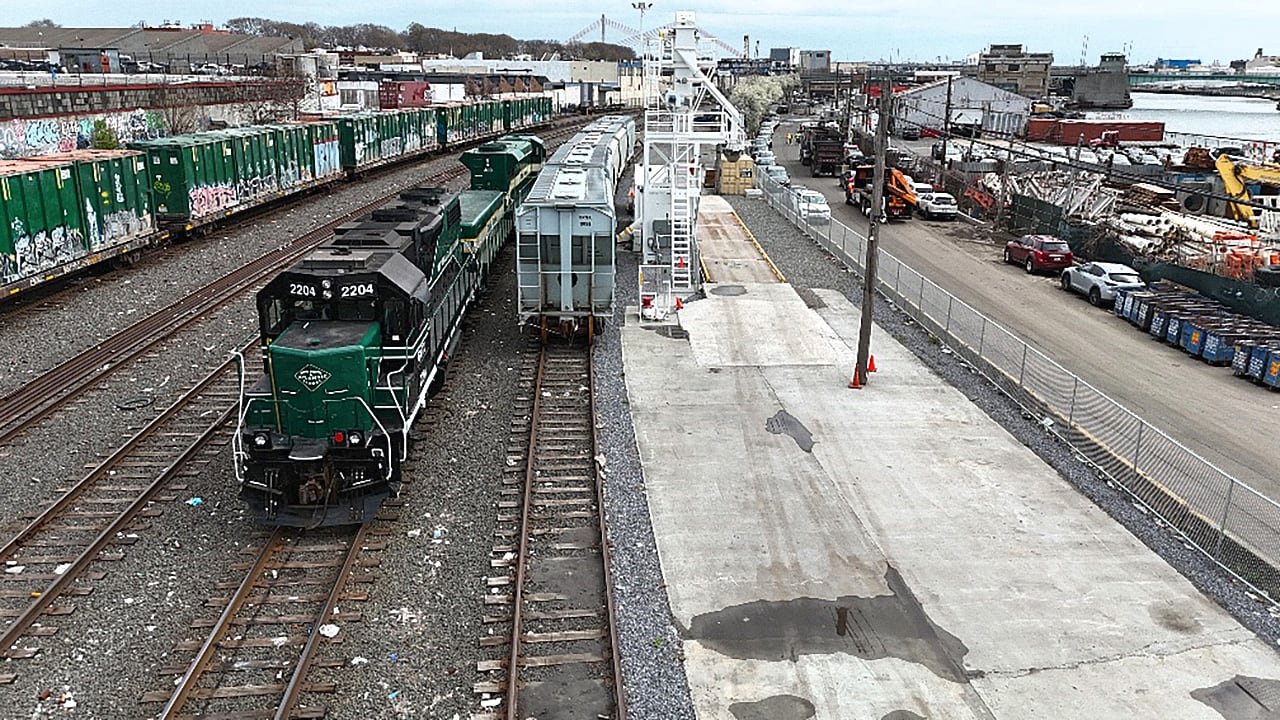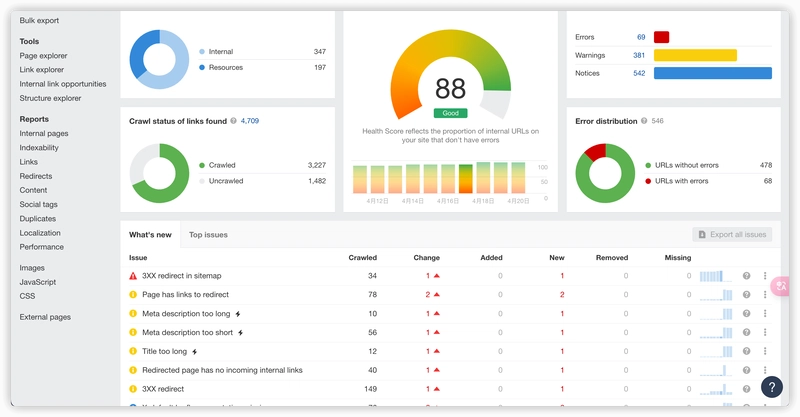OperationalError - no such table (Django 101)
When you encounter the error message: OperationalError at /task_list - no such table: myapp_task in Django, it typically means that the application is trying to query a database table that hasn't been created yet. In this case, Django is attempting to access the myapp_task table, but it doesn't exist in the database. This situation usually happens when database migrations have not been properly made or applied after defining your models. To fix this, the first step is to ensure that your app is correctly registered in your project’s settings. Open the settings.py file and check the INSTALLED_APPS list. Make sure that the name of your app — in this case, likely 'myapp' — is included there. If it’s missing, Django won’t recognize your models when you try to make migrations. Once you have confirmed that the app is properly listed, the next step is to generate the migrations. Migrations are Django’s way of tracking changes you make to your models and applying those changes to your database schema. To create the necessary migration files, you should run the command: python manage.py makemigrations After running this, Django will scan your models for any changes and prepare migration files, typically under an app’s migrations/ directory. If successful, you’ll see a message indicating that a new migration file has been created for your app. Following that, you need to apply these migrations to your database by running: python manage.py migrate This command actually executes the SQL statements necessary to create the tables in your database, including the missing myapp_task table. After completing the migrations, your database will be properly updated to match your models, and the error should disappear when you revisit your /task_list URL. If you run makemigrations and Django tells you "No changes detected," it could mean that your models.py file is missing the Task model, or that it was not properly defined. In that case, you would need to double-check your model definitions to ensure that everything is correctly set up. In summary, always ensure your app is listed in INSTALLED_APPS, then run makemigrations to create the migration files and migrate to apply them. This process will synchronize your models with your database and resolve errors related to missing tables.
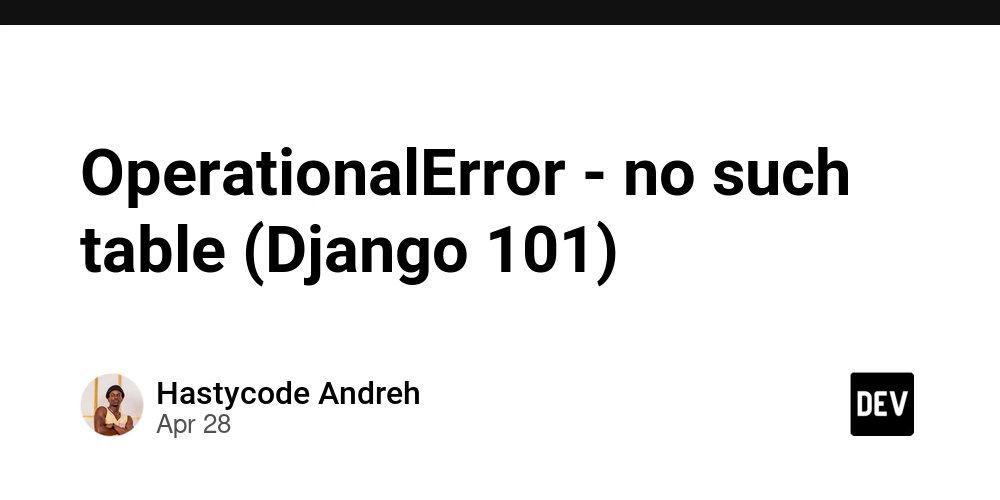
When you encounter the error message:
OperationalError at /task_list - no such table: myapp_task
in Django, it typically means that the application is trying to query a database table that hasn't been created yet. In this case, Django is attempting to access the myapp_task table, but it doesn't exist in the database. This situation usually happens when database migrations have not been properly made or applied after defining your models.
To fix this, the first step is to ensure that your app is correctly registered in your project’s settings. Open the settings.py file and check the INSTALLED_APPS list. Make sure that the name of your app — in this case, likely 'myapp' — is included there. If it’s missing, Django won’t recognize your models when you try to make migrations.
Once you have confirmed that the app is properly listed, the next step is to generate the migrations. Migrations are Django’s way of tracking changes you make to your models and applying those changes to your database schema. To create the necessary migration files, you should run the command:
python manage.py makemigrations
After running this, Django will scan your models for any changes and prepare migration files, typically under an app’s migrations/ directory. If successful, you’ll see a message indicating that a new migration file has been created for your app.
Following that, you need to apply these migrations to your database by running:
python manage.py migrate
This command actually executes the SQL statements necessary to create the tables in your database, including the missing myapp_task table. After completing the migrations, your database will be properly updated to match your models, and the error should disappear when you revisit your /task_list URL.
If you run makemigrations and Django tells you "No changes detected," it could mean that your models.py file is missing the Task model, or that it was not properly defined. In that case, you would need to double-check your model definitions to ensure that everything is correctly set up.
In summary, always ensure your app is listed in INSTALLED_APPS, then run makemigrations to create the migration files and migrate to apply them. This process will synchronize your models with your database and resolve errors related to missing tables.


































































































































































![[The AI Show Episode 145]: OpenAI Releases o3 and o4-mini, AI Is Causing “Quiet Layoffs,” Executive Order on Youth AI Education & GPT-4o’s Controversial Update](https://www.marketingaiinstitute.com/hubfs/ep%20145%20cover.png)















































































































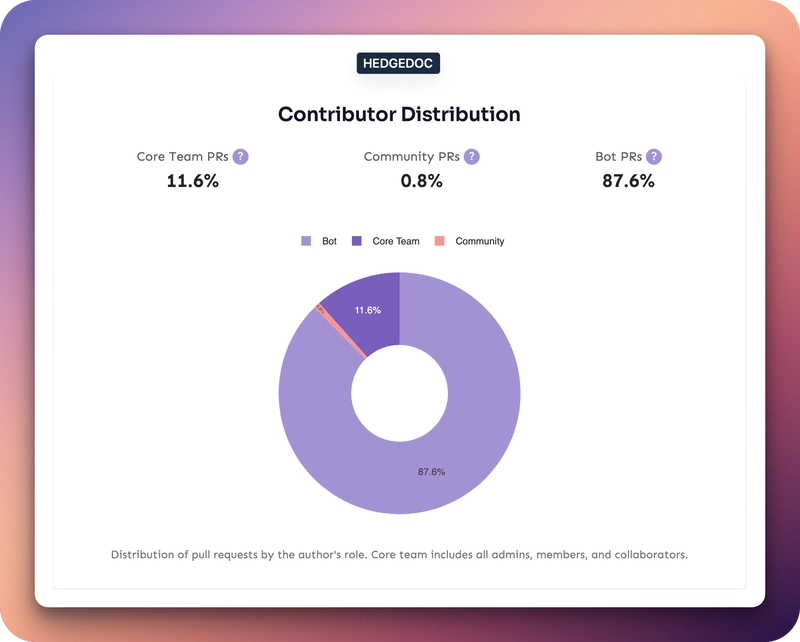




















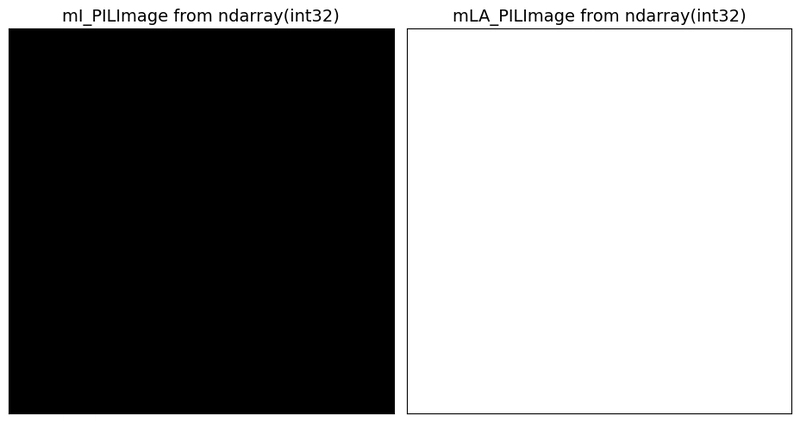














































































































.png?width=1920&height=1920&fit=bounds&quality=70&format=jpg&auto=webp#)





















_Vladimir_Stanisic_Alamy.jpg?width=1280&auto=webp&quality=80&disable=upscale#)












































































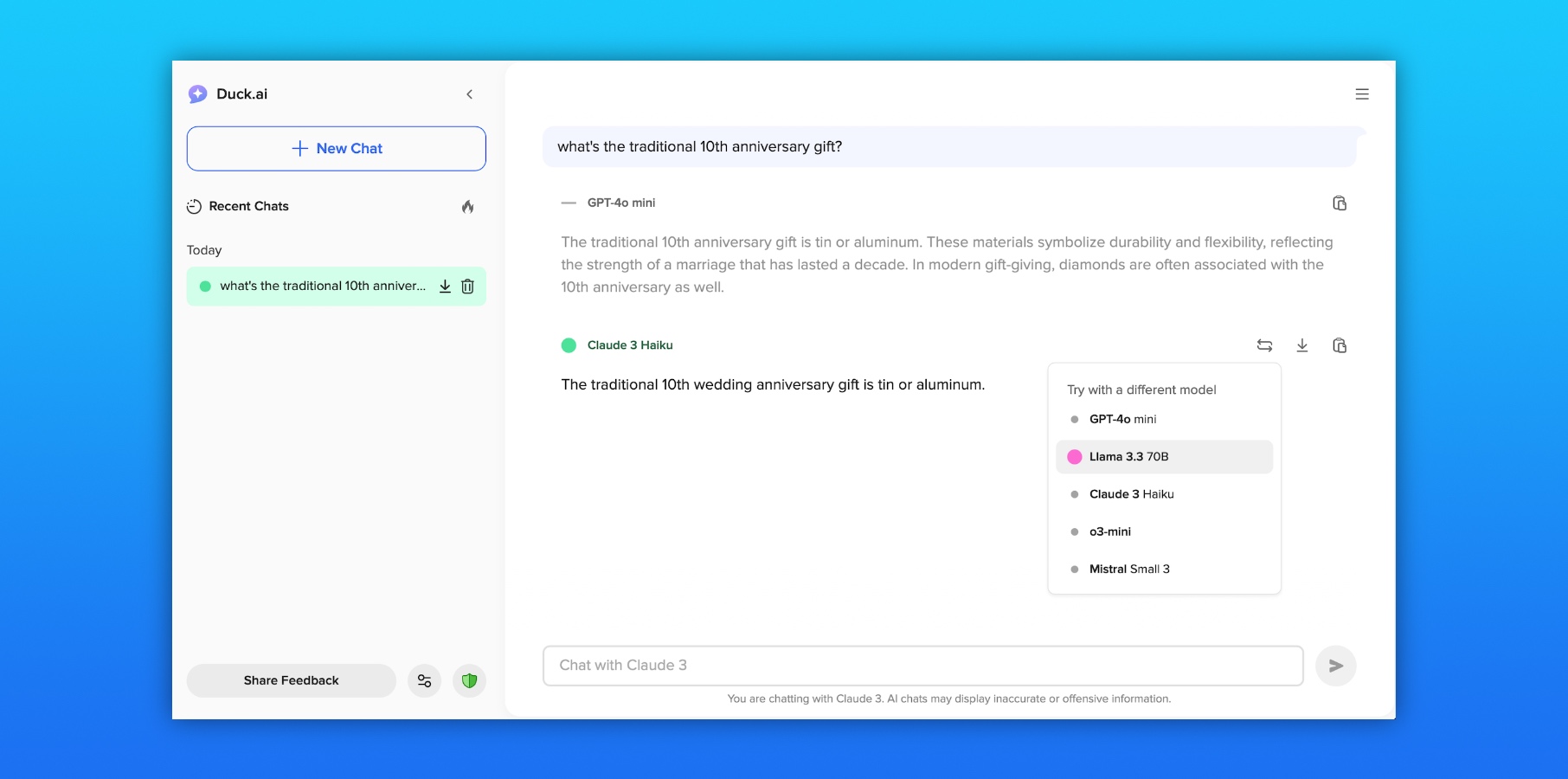





![Amazon to display cost of tariffs on products in 'hostile and political' act [u]](https://photos5.appleinsider.com/gallery/63442-131837-000-lede-Amazon-xl.jpg)
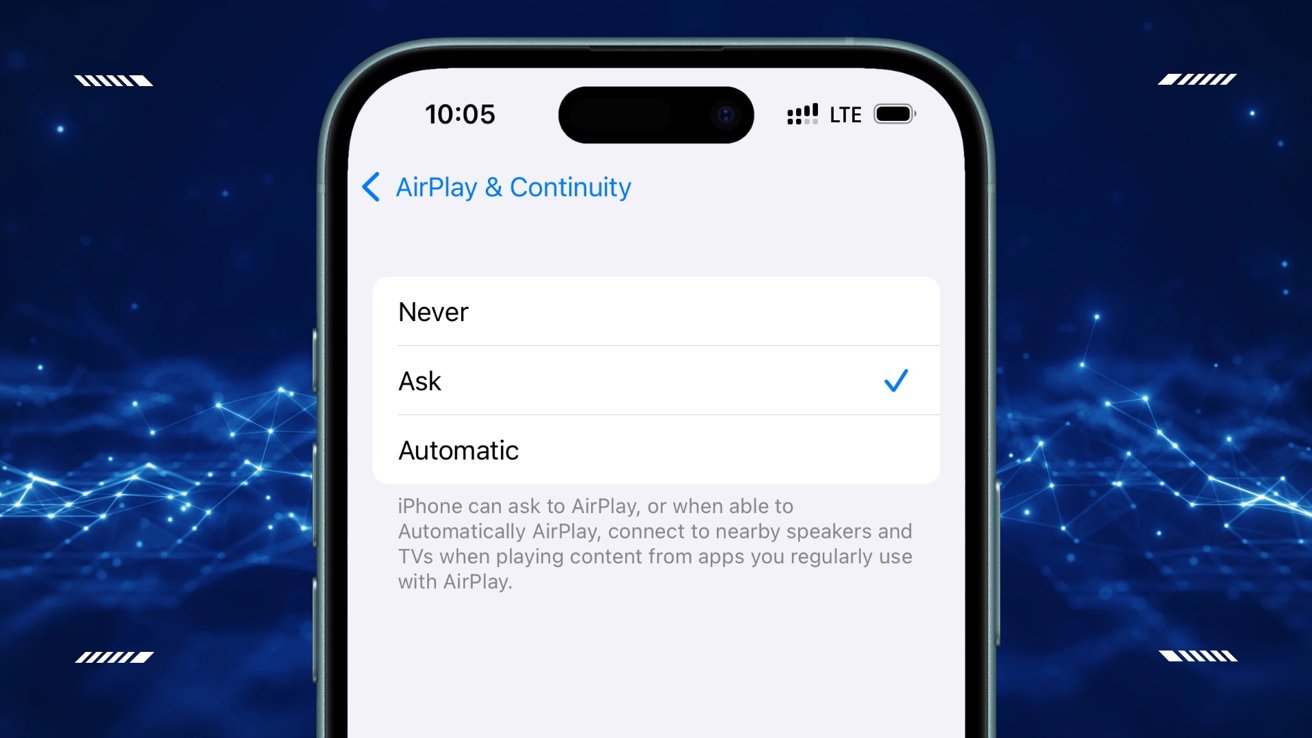





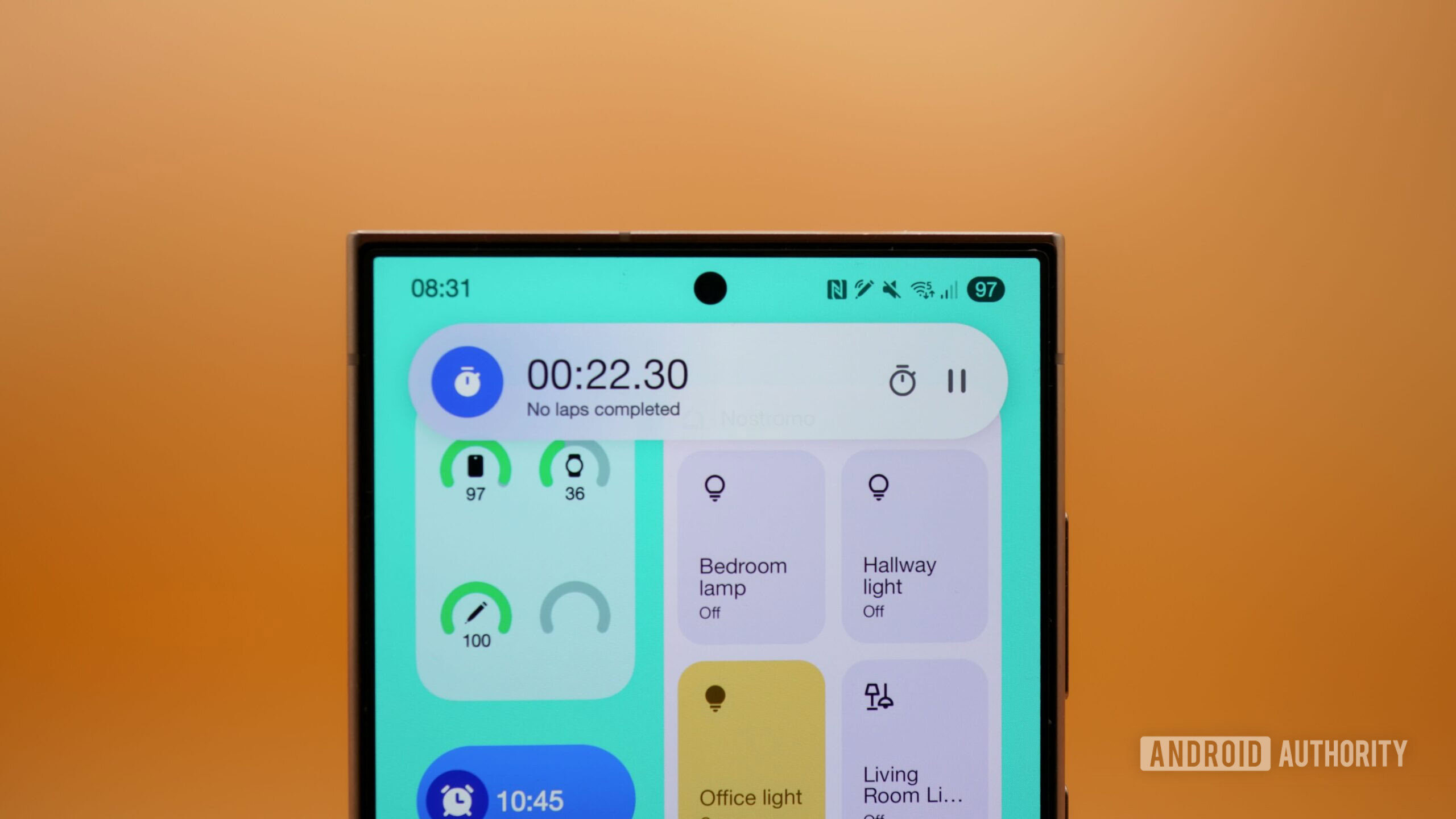

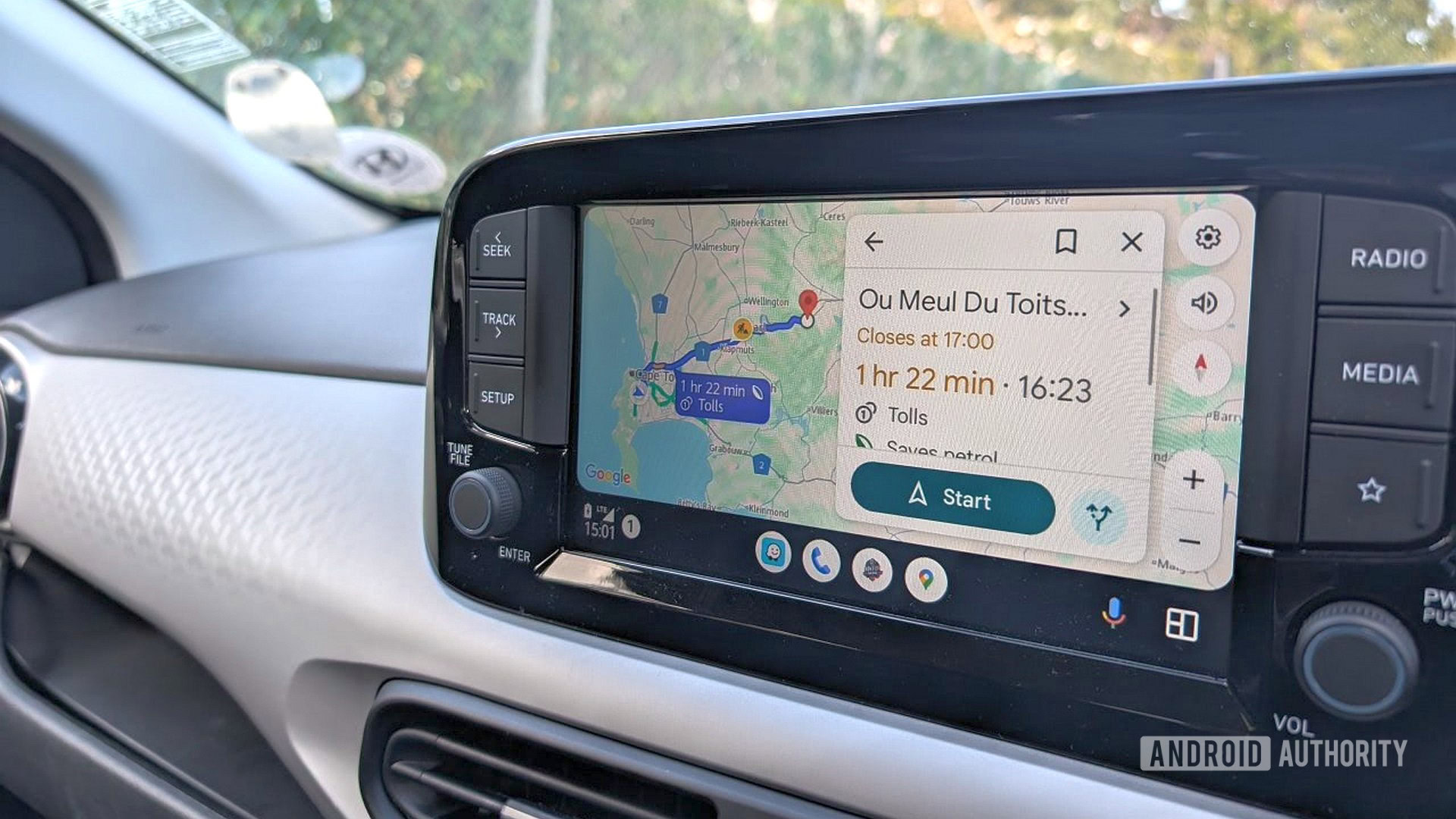




















![AirPods Pro 2 With USB-C Back On Sale for Just $169! [Deal]](https://www.iclarified.com/images/news/96315/96315/96315-640.jpg)
![Apple Releases iOS 18.5 Beta 4 and iPadOS 18.5 Beta 4 [Download]](https://www.iclarified.com/images/news/97145/97145/97145-640.jpg)
![Apple Seeds watchOS 11.5 Beta 4 to Developers [Download]](https://www.iclarified.com/images/news/97147/97147/97147-640.jpg)











































![Did T-Mobile just upgrade your plan again? Not exactly, despite confusing email [UPDATED]](https://m-cdn.phonearena.com/images/article/169902-two/Did-T-Mobile-just-upgrade-your-plan-again-Not-exactly-despite-confusing-email-UPDATED.jpg?#)
